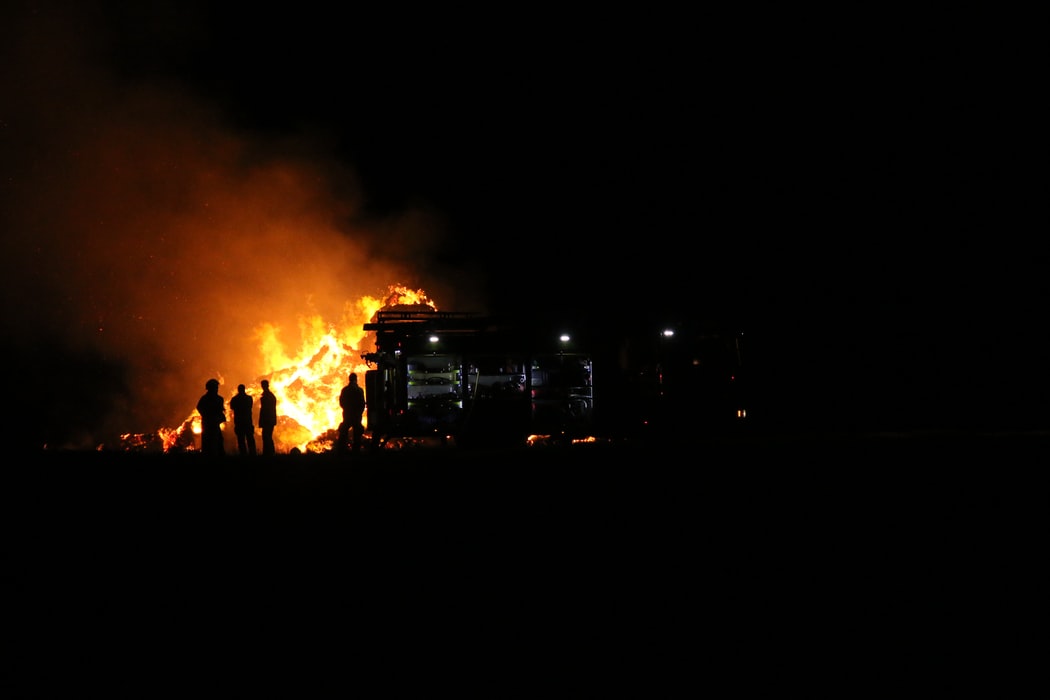While summer transitions to fall, fire season is still plenty active along the West Coast, and Southern California is no exception. This year saw wildfires burning in record-setting numbers. Read on to learn more about the fires in Southern California and how they’ve been affecting areas around Lake Arrowhead.
An Overview of California Wildfires in 2020
While hundreds of wildfires of varying sizes burn the state every year, that acreage affected has gone up drastically the past decade. In 2020 alone, wildfires in California have so far consumed over 3.2 million acres, a number that is likely to go up as fire season picks up with the increased Santa Ana winds in the fall.
The effects of that acreage loss have taken a massive toll. Wildfires are more often burning near homes and businesses, leading to property damage and fatalities. Even when fires don’t make it to property, the smoke causes increasingly unhealthy conditions, especially for more sensitive groups.
Wildfires Near Lake Arrowhead
Currently, the most prominent wildfire burning near Lake Arrowhead is the El Dorado Fire. This fire started on September 5, 2020, in El Dorado Park, a neighborhood located in the Oak Glen/Yucaipa area of Southern California. The area experienced heatwaves prior to the fire, and the day of the fire saw record-breaking temperatures. Coupled with the dryness and excess of grass and brush in the hills, the fire spread easily.
As of this writing, the El Dorado Fire is about 22,600 acres in size and 68 percent contained. Four homes in the area have been damaged, while five have been destroyed. Fifteen other structures have been destroyed.
The Bobcat Fire, located in Angeles National Forest, started September 6. While this fire is located well west of Lake Arrowhead, it is considerably larger at over 113,300 acres and is about 38 percent contained.
Effects on Lake Arrowhead Residents
There are no current evacuation orders for Lake Arrowhead from either the El Dorado or Bobcat Fire. Most signs suggest that neither fire should be getting close to Lake Arrowhead residences or businesses. Still, it’s always a good idea to check official county information to stay informed of updated evacuation directives.
However, the smoke from both fires, combined with smoke from fires in Central and Northern California, has contributed to unhealthy air quality issues in and around Lake Arrowhead. This may contribute to quickly vacillating air quality issues that may result in unhealthy conditions for sensitive groups. Even those without sensitivities may experience some issues.
Staying Safe
As wildfires and weather conditions can be hard to accurately predict, always stay as informed as possible. Check the official San Bernardino County Fire website often for updates. Stay off roads leading to and from fires and evacuation zones to give firefighters and evacuees plenty of space. While evacuation orders may not come, it is always a good idea to keep a go-bag ready and review your evacuation plans with your family.
Similarly, check the air quality forecast every day to determine the smoke levels. If the AQI does get high, keep your windows closed and try to avoid going outside, especially if you have existing health and breathing issues. If you do go outside, continue to maintain proper social distancing. Keep in mind that only N95 masks will properly filter out smoke particles in the air.
Invest in an air purifier or build your own DIT air purifier using a box fan and an HVAC filter. Avoid doing any strenuous activities, and do not vacuum your home unless your vacuum has a HEPA filter. You may otherwise kick smoke particles back into the air.
Wildfire season still has yet to reach its peak. While you can still enjoy your time at Lake Arrowhead, it never hurts to stay prepared and informed!
Sources:

